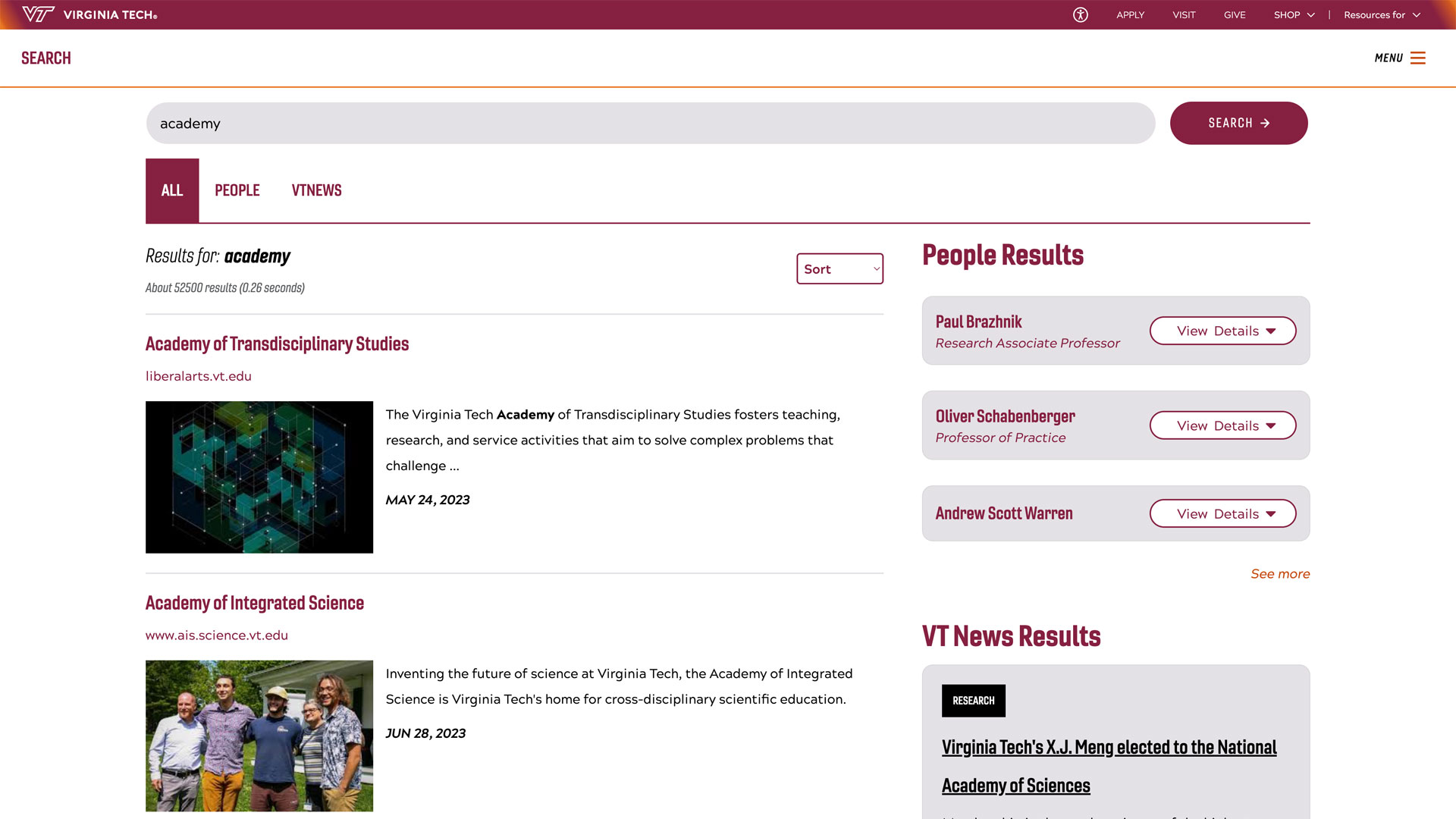Virginia Tech alumnus rewrites the story of a Florentine icon
A love of architecture and history nurtured as a Hokie sparked Elon Danziger’s discovery about Florence’s Baptistery that’s changing what experts thought they knew.
Elon Danziger, a 2006 alumnus of the Virginia Tech School of Architecture, has, by his own admission, followed an unusual career path.
After working for a few years in architecture, he changed course and transitioned into technology when he accepted a position at Autodesk, a software company that provides products and services in architecture, engineering, and a host of other industries. Now, Danziger serves as the director of software design and development for NoviGuide, a medical decision support platform.
During his free time, Danziger is an art and architecture historian, interests nurtured through his classes and overseas study experiences at Virginia Tech. He now lives with his family in Florence, Italy, where he researches the city’s Baptistery, following his own counsel “that architecture isn’t about pixels and plots but about stuff you can bump into, watch the sun play on, run your fingers over.”
Danziger shared some insights related to his time at Virginia Tech, career choices, sources of inspiration, and how he made his revelatory discovery about the Florence Baptistery. And he shared some advice for Hokies with similar interests.
What is your fondest memory of your Hokie graduate school experience?
I loved my time in Riva [San Vitale, Switzerland, at the Steger Center for International Scholarship] and being part of Professor Heiner Schnoedt’s class, and I also learned so much from Associate Professor William Galloway’s history classes and Professor Emeritus Humberto Rodriguez-Camilloni’s overview of the classical tradition.
What did you love about the Virginia Tech architecture program?
I liked the focus on getting out of your head and off the computer and making things with cardboard, wood, metal, concrete. It was a constant reminder that architecture isn’t about pixels and plots but about stuff you can bump into, watch the sun play on, run your fingers over.
Did you participate in study abroad? How did this experience transform you and influence your career path?
Yes, I did, and I loved my time in Europe. It certainly influenced my returning in my 40s.
What has your career path been like? How did you end up where you are?
My career path has been very unusual. I worked in architecture for a few years before veering off to technology, via a job I got at Autodesk. I now work in technology that doesn’t have to do with architecture, but my architectural training deeply influences my ways of thinking. I’m not sure if it’s widely known, but architecture has been important for computer software — a 1977 book on patterns in the built environment by the architect Christopher Alexander has strongly influenced the way software engineers think about structuring code.
What inspires you and why?
Work that’s done with craft and brio is always exciting. Every year for our holiday card, my family puts our heads together to come up with a list of things we loved in the past year, and there's always so much to find inspiration in, from songs to cities to podcasts to TV shows to opinion writers.
You recently published an article that internationally renowned historian Marvin Trachtenberg stated was the most important thing written about the Baptistery in 90 years. Can you explain what a baptistery is?
A baptistery is a building in which infants are initiated into the Christian community through a religious ceremony that includes the application of water and holy oil. The Florence Baptistery is so old that it comes from a time when baptism was very different from today’s practices, where babies are baptized in a small ceremony soon after birth. Back then, baptism was a community celebration on Holy Saturday involving all the babies born in the past year and their parents. This is why the Baptistery is such a big building and why it originally had a large baptismal font at its center. Even though this font was no longer needed by the Renaissance, when communal baptism was no longer practiced, Florentines were horrified when the Medicis demolished it to make room for their own festivities. Today there's a small font that's still in use. The Baptistery, across from the famous Duomo, is a beloved symbol of Florence that has been at the center of civic life for centuries.

What has your research revealed about the Florence Baptistery, the subject of your published article, “‘Fiorenza figlia di Roma’: New Light on the Baptistery of San Giovanni and the Chronology of Florentine Romanesque Architecture”?
For hundreds of years, people have tried to understand when and why the Baptistery was built and why it's in the style of an ancient Roman building. It has many similarities to the Pantheon in Rome. The scholarly consensus now is that it dates to the 11th or 12th century, but pinpointing just when was impossible due to some confusing information published in the 1600s. I was able to clarify it.
Reconsidering the problem, I started to suspect the Baptistery originated in a particular historical moment. In the early 1070s, Pope Gregory VII was deeply interested in ancient Rome, and I was able to show various artistic links between his patronage and Florence, for example, between the plan of a Roman church consecrated by Pope Gregory and the Florentine church of San Miniato al Monte, the slightly younger “sister” of the Baptistery that dates to about this time, and whose financing we know Gregory arranged. But why was the Pope interested in Florence? In the 1070s, he was closely allied with Matilda of Canossa and her mother Beatrice, who ruled a large area that included Florence, where they spent a great deal of time.
One of the problems facing scholars has been how the still-small city of Florence could have built such a sophisticated and expensive building, but once you start thinking about the resources these rulers had, things make more sense. I believe that both churches were designed by an architect or team of master builders that Pope Gregory sent from Rome to help the margravines revitalize a city of considerable importance to them. The fact that these buildings were in Florence became extremely important centuries later, because they inspired Filippo Brunelleschi, whose classically inflected art and architecture mark the beginning of the Renaissance.
Any advice for current students with similar interests?
My advice to anyone interested in history is to pick a time and place to focus on. Read about it and look for related art and architecture when you travel. If you’re always trying to learn about everything, you get overwhelmed and what should be pleasurable starts to feel like work or like a big jumble. When you focus on one area, you get to know the historical figures, the specialists in the field, and the mysteries and controversies about the time.




